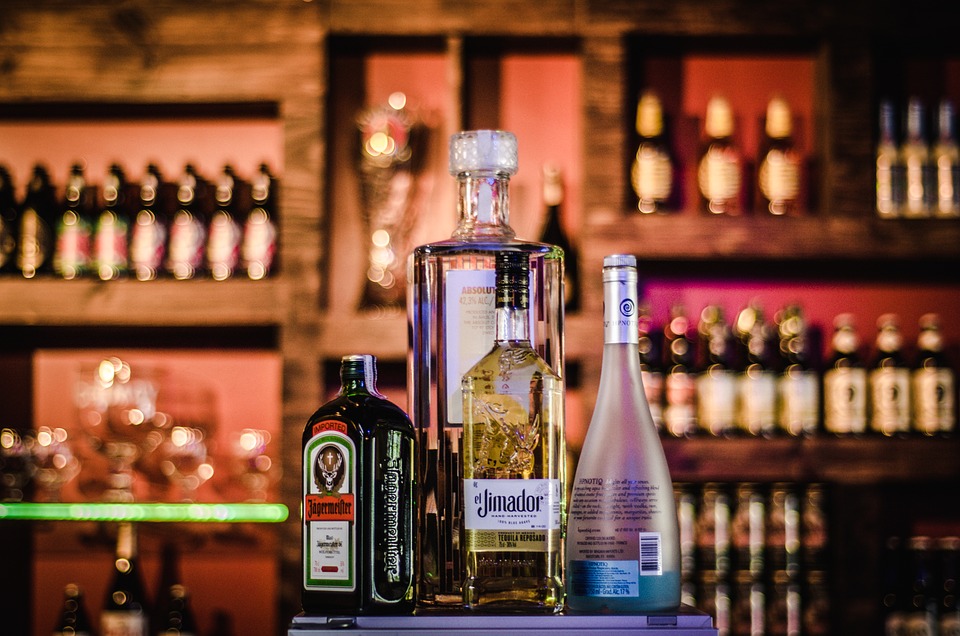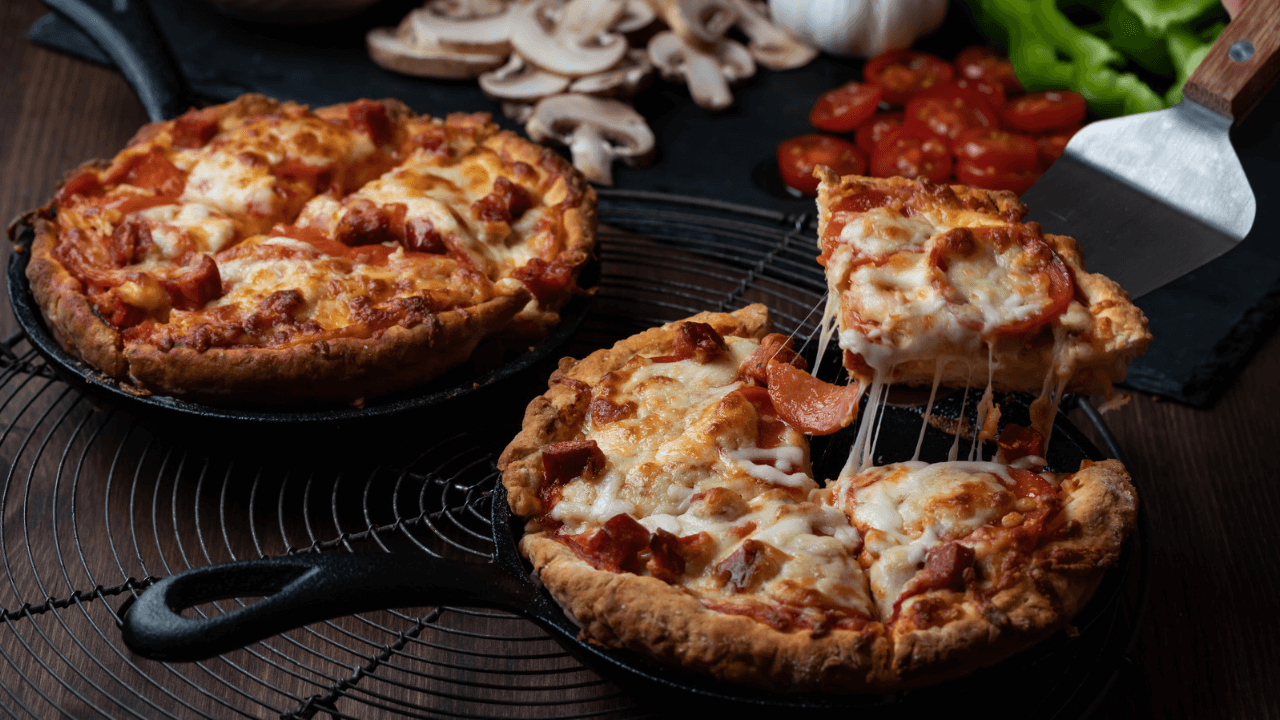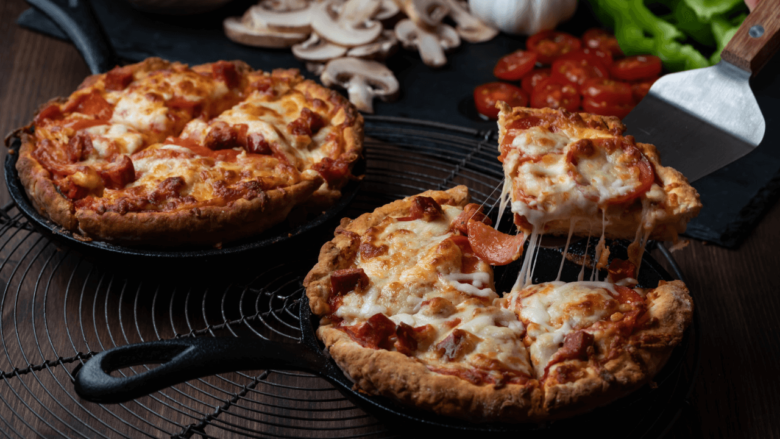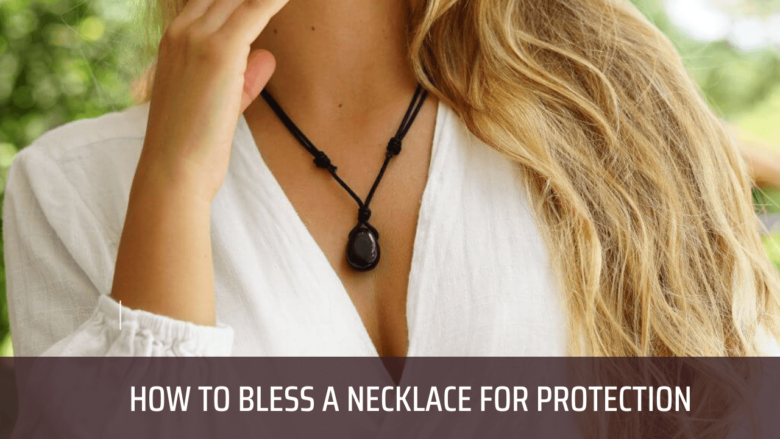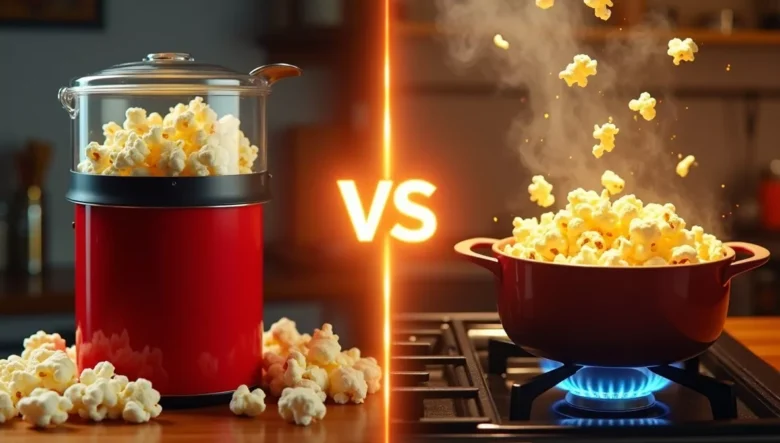Most people across the globe consume alcohol in different forms. It is important to know what type of alcohol you are consuming, what they contain and what percentage of alcohol is present in them. Based of the information, make an educated choice of your brand of alcohol.
There are large varieties of alcoholic beverages available in the market, across the globe. Alcoholic beverages can be broadly categorized into three groups, namely (1) malted liquors, (2) wines and (3) spirits.
Malted liquors
Malted liquors are obtained by fermentation of germinating cereals (such as wheat, rice, maize and other cereals). Malted liquors are usually un-distilled and contain low alcohol content (approximately 3% to 6% of alcohol content). Examples of malted liquors are beers, stouts etc. These days’ strong beers containing up to 10% alcohol are also available.
Wines
Wines are produced by fermentation of natural sugars. Natural sugars are present in fruits such as grapes (most commonly wines are made from grapes) and other sweet fruits. Wines are also un-distilled like malt liquors. There are three sub-classes wines i.e. light wines, fortified wines and effervescent wines.
Examples of light wines are cider, claret etc. and contain approximately 9-12% of alcohol in them. Alcohol content of light wine usually does not exceed 15%.
Fortified wines contain approximately 16% to 22% of alcohol content. Examples of fortified wines are Sherry, Port etc. In fortified wines, distilled alcohol is also added to increase alcohol content.
Champagne is an example of effervescent wine. Alcohol content of champagne is approximately 12% to 16% and bottled before fermentation is complete.
Wines are called “dry” wines, when the sugar present is completely fermented and called “sweet” wine when some natural sugar left and not fermented.
Spirits
Spirits are distilled after fermentation. Examples of spirits are Rum, Whiskey, Brandy, Gin, Vodka etc. Alcohol content of spirits varies from 40% to 55%. However, internationally most of the licensed brands of spirits contain alcohol at 42.8% (v/v or volume/volume) or 37% (w/w or weight by weight).
Why different types of alcohol vary in taste, flavor and value?
The taste, flavor and value of a brand of alcohol does not depend only on alcohol content, but presence of volatile oils, higher alcohols, higher ethers, esters, aldehydes, polymers etc. Many of these ingredients are formed during the time of “maturation” of alcoholic beverage. These ingredients are also responsible for various properties of alcohol, such as hangovers. Some brands of alcoholic beverages are notorious for hangovers, whereas some brands do not produce any hangover; this is because of presence of various alcoholic and non-alcoholic ingredients (volatile oils, higher alcohols, higher ethers, esters, aldehydes, polymers etc.) in alcoholic beverages.


